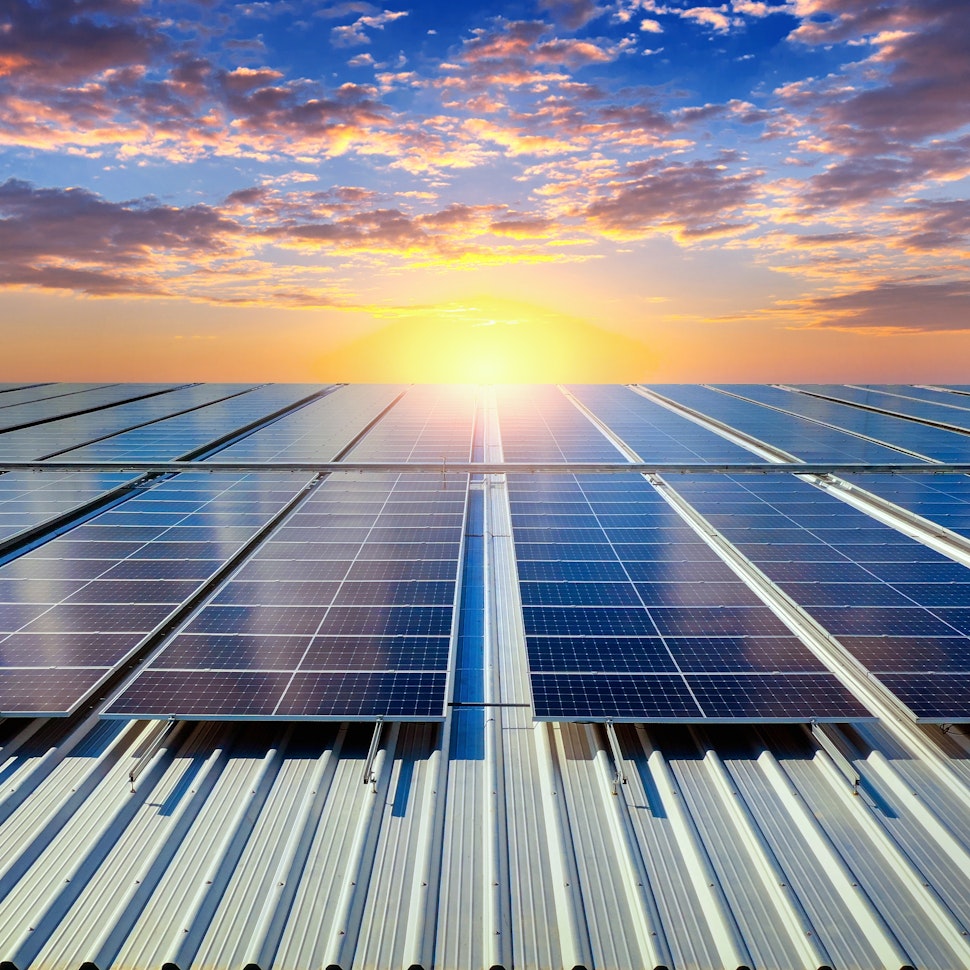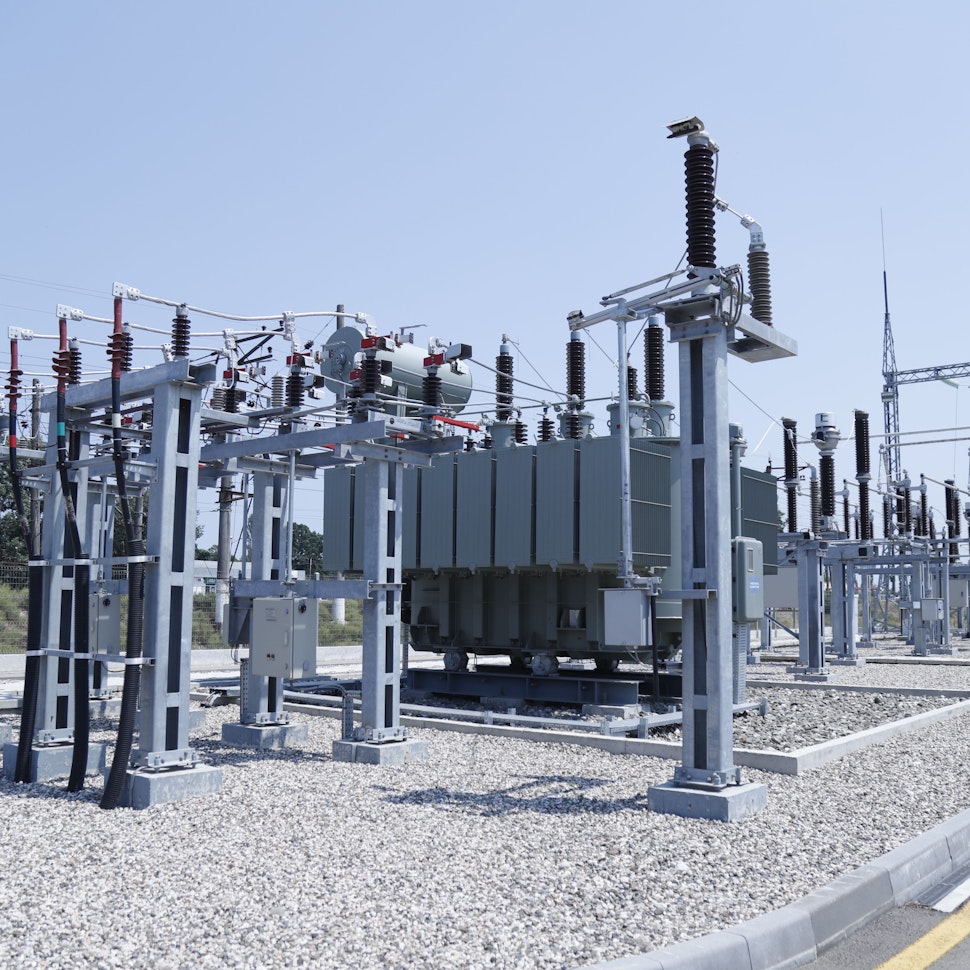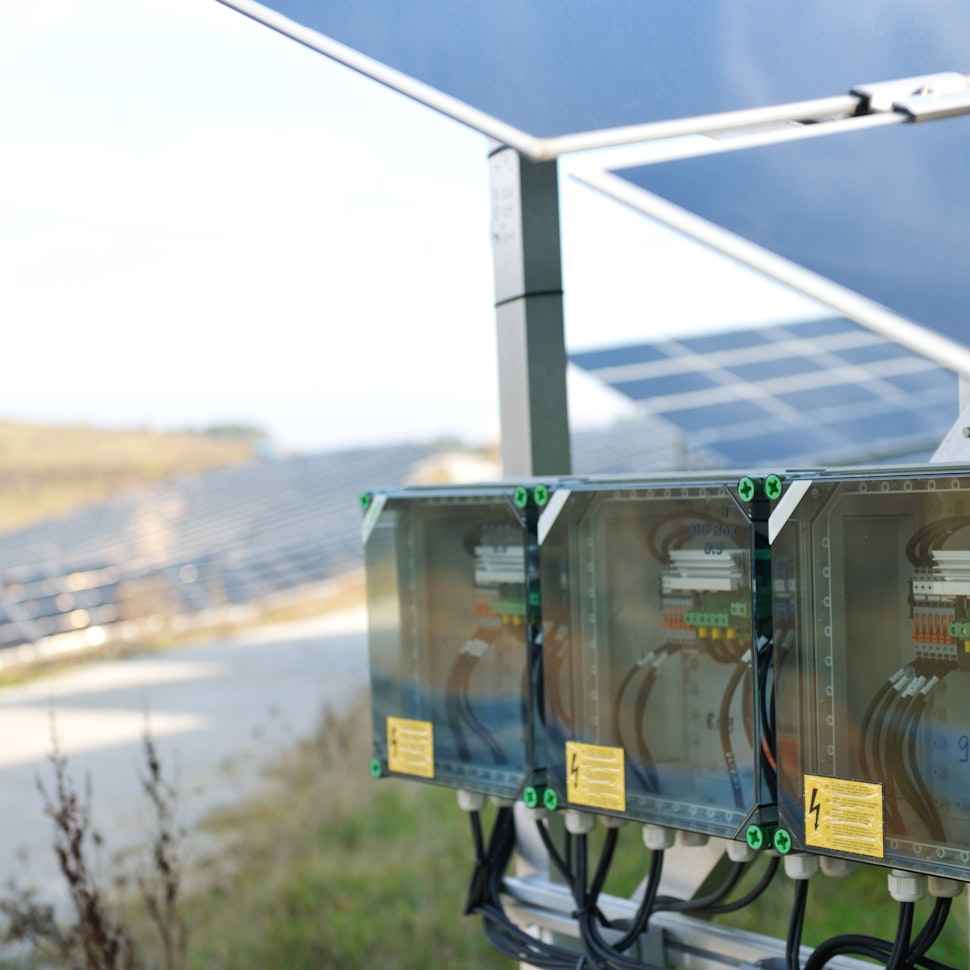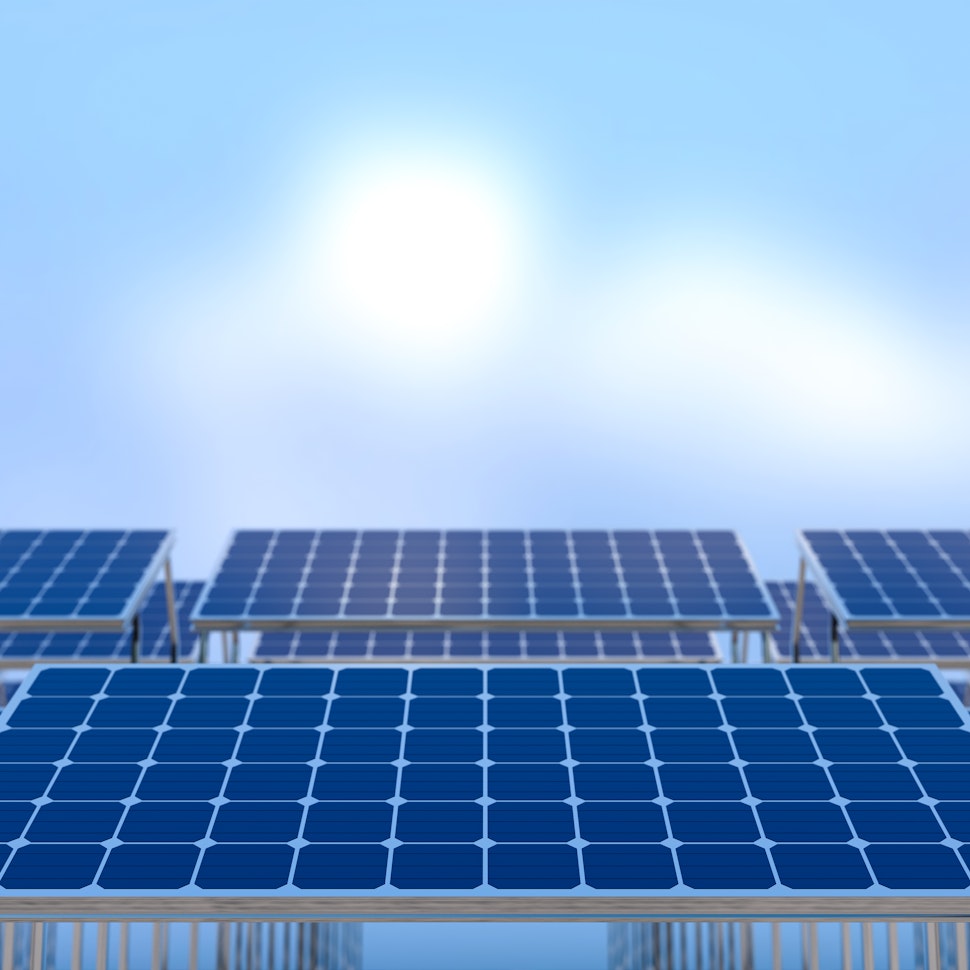The advantages and disadvantages of solar trackers




Gorka Arrieta
Product Owner
Gorka is an energy engineer turned Product Owner at RatedPower, and brings three years of experience in the renewable energy sector. With a fervent dedication to sustainability, he concentrates his efforts on advancing energy storage solutions that keep up with the fast developing pace of the industry. In his less than a year tenure at RatedPower, Gorka endeavors to contribute meaningfully towards a greener future.
Content
What is a solar tracker?
A solar tracker is a device that moves solar panels to follow the sun's path across the sky. Tracking the sun allows solar equipment to absorb more sunlight during the day. More absorbed sunlight means more solar power generation.
Solar trackers tilt on one or two axes to keep angled toward the sun as light conditions change with weather and seasons.
How do solar trackers work?
Solar trackers have turning mount-holding panels that follow sunlight using motors and sensors to find efficient angles. This effect keeps panels continuously facing the sun as conditions change.
Sensors detect the direction of incoming sunlight based on shadows and light intensity. They then send this information to a small attached computer. The computer calculates the ideal angle needed to have panels directly face the sunlight source. It angles the mount slightly ahead of the sun's movement to lead its path.
Electric gear motors tilt the panel mount left/right and up/down based on directions from the computer. Sometimes, solar installers use hydraulics for extra power when moving heavy loads.
This automated adjustment happens smoothly throughout the day, turning arrays toward the east in the morning and west in the evening. Software models even account for seasonal changes in sun positions.
Source: Solar Power World and Array Technologies.
Single-axis vs dual-axis solar tracking systems
Solar trackers come in two main varieties — single-axis and dual-axis models.
Variants of single-axis trackers include:
Horizontal single-axis solar tracker (HSAT)
HSATs rotate panels on a horizontal axis, tilting them east-west over a day to follow the sun. The axis of rotation is aligned parallel to the ground.
Horizontal tilted single-axis solar tracker (HTSAT)
HTSATs work just like HSATs, except the axis of rotation is angled with one end raised higher off the ground instead of being parallel. This axis tilt optimizes angles for a site's latitude to increase exposure.
Vertical single-axis solar tracker (VSAT)
Unlike horizontal trackers, VSATs move panels on a vertical axis, angling them up or down to adjust for seasonal changes in the sun's height throughout the year.
Vertical-tilted single-axis solar tracker (VTSAT)
VTSATs combine the tilting concept from HTSATs with the vertical rotation of VSATs. The vertical axis is angled 90 degrees vertically to target a location's latitude. This tilt improves tracking of seasonal sun paths.
The dual axis solar tracking system
Dual-axis trackers have rotational ability on both a horizontal and vertical axis, allowing solar panel positioning in almost any direction. They enable even more precise tracking of the sun's movement than single-axis options.
Dual-axis trackers tilt panels horizontally over each day as the sun rises in the east and sets in the west. This east-west adjustment over a daily solar cycle is powered by motors and gearing linked to a rotational axis. At the same time, dual-axis trackers pivot panels on a vertical axis at different inclines over the year, depending on the sun's height. This feature compensates for the higher-angled summer sun versus the lower-angled winter sun.
By combining horizontal daily rotation and vertical seasonal tilting, dual-axis tracking aims to keep panels aimed perpendicular to sunlight from any angle. The solar solution maximizes sunlight capturing and solar electricity generation across all conditions.
The advanced motion controls and equipment make dual-axis trackers more complex and costly than single-axis. However, their superior angle optimization provides even greater annual energy yield over fixed tilt or simpler single-axis trackers.
Pros and cons of single and dual-axis solar trackers
Both single-axis and dual-axis solar tracking systems have their own unique strengths and weaknesses when considering maximizing solar panel productivity.
Single axis trackers
Advantages
More reliable and longer-lasting
Lower complexity so fewer maintenance issues
Cheaper to purchase and operate vs dual-axis
More efficient than stationary mounts: generate 15-16% more annual power than fixed panels
Disadvantages
Produce less energy than dual-axis models during peak sunny times
Limited technology upgrade capabilities
Dual axis trackers
Advantages
Maximize power output by continually following the sun
Help manage grid power limitations
Require less land area to produce more total energy
Generate 45-50% more annual power than fixed panels
Quicker payback on investment costs
Disadvantages
More prone to technical glitches due to complexity
Shorter lifespan and lower reliability
Higher maintenance costs
Choosing between single-axis and dual-axis solar tracking comes down to balancing reliability and output against complexity and costs. For many sites, single-axis trackers may provide the optimal tradeoff, more generation and lower cost.
However, solar farms looking to maximize every kilowatt hour out of valuable land investments may prefer dual-axis tracking despite higher risks. The right conditions can enable even greater energy yields from perpetual sun following.

Design utility-scale solar at lightning speed
2024 Trends: Renewable Energy & Solar Research Report
Download our latest report to gather insights, stats, and opinions on the current state of the renewables sector. The report draws from an industry survey and analysis of solar simulations carried out on the RatedPower Platform.

Latest stories
Related glossary posts
Technology and engineering
What is a solar substation and how to customize yours with RatedPower software
Updated 5 MAY, 25

Technology and engineering
What is a solar combiner box and why is it used in photovoltaic designs?
Updated 25 MAR, 25

Technology and engineering
What are the benefits of a Power Purchase Agreement (PPA) for solar plants
Updated 25 MAR, 25

Related posts
Technology and engineering
Innovation in renewable energy: Developments expected in 2025
We look at the 10 biggest renewable industry developments that are making a green future possible, including perovskite solar cells, green hydrogen, and more.
Updated 18 MAR, 25

Technology and engineering
What the future holds for the longevity and efficiency of solar panels
Tests done by the French photovoltaics group Hespul showed that the panels, installed in 1992, are still operating at an astonishing 79.5% efficiency. Read on to find out more.
Updated 4 MAR, 25

Technology and engineering
Concentrated solar: An unlikely comeback?
Once described as obsolete, the concentrated solar power market ballooned to $53 billion in 2023 and is still growing. Here’s why CSP is making a comeback.
Updated 12 NOV, 24

- RatedPower
- Glossary
- S
- Solar tracker



